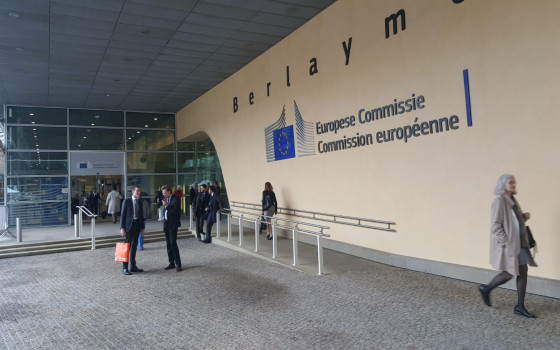
A report by the European Commission on the recovery tool worth 800 billion euros...providing services through ambitious reforms and investments
Nearly €225 billion of Rapid Response Fund funds have been disbursed to member states.

- Europe and Arabs
- Wednesday , 21 February 2024 16:5 PM GMT
Brussels: Europe and the Arabs
The European Commission presented in Brussels on Wednesday what is known as a mid-term assessment of the Recovery and Resilience Facility (RRF), the EU's recovery instrument at the heart of the €800 billion NextGenerationEU (NGEU) plan.
According to a statement by the Commission, a copy of which we received, the Rapid Response Fund was established in February 2021, which is unprecedented in terms of its size and ambition, and has a dual goal of helping member states recover from the Covid-19 pandemic, in addition to enhancing their resilience and making our economies and societies Greener and more digital. And more competitive. In short, fit for the future. It has also played a vital role in addressing pressing challenges, such as the indirect impact of Russia's aggressive war on Ukraine.
In their recovery and resilience plans, Member States have designed reforms and investments:
In line with the EU's green, digital and social policy priorities
Designed to address national challenges identified in the European Semester through country-specific recommendations (CSRs).
The mid-term evaluation represents the halfway point of the RRM. It shows how the Rapid Reaction Force has achieved its objectives so far.
Make a real difference on the ground
Member states are implementing the reform and investment agenda included in their plans. By the end of 2023, the Commission had assessed more than 1,150 milestones and targets as having been satisfactorily achieved. Achieving these steps in implementing reforms and investments has led to positive change and tangible results on the ground.
With the help of the Rapid Response Fund, for example, more than 28 million megawatt-hours of energy consumption have been saved. More than 5.6 million additional households now have access to the Internet over very high-capacity networks, and nearly 9 million people have benefited from protection measures against climate-related disasters, such as floods and wildfires.
To date, approximately €225 billion of Rapid Response Fund funds have been disbursed to member states. 67 billion euros were disbursed in pre-financing to start implementing reforms and investments and mitigate the short-term impact of the Covid-19 crisis first, and then the energy crisis, on the budgets of member states.
Member States and the Commission, together with the European Parliament and the European Council, have worked closely together to achieve these results.
Effective support for the economic recovery in the European Union
The Commission estimates that about half of the expected increase in public investment between 2019 and 2025 comes from investment financed from the EU budget, in particular through the Rapid Response Fund. In contrast to previous crises, public investment in Europe has increased during the COVID-19 pandemic and subsequent energy crisis, from 3.0% in 2019 to an estimated 3.3% in 2023. In 2024, public investment is expected to reach 3.4% of GDP Total.
Most of the plans were prepared quickly in 2021, paving the way for significant pre-funding, and delivery on the ground began quickly. Economic activity has rebounded back to pre-pandemic levels and unemployment has fallen to record lows of about 6%. Commission economic modeling suggests that the NGEU has the potential to increase real EU GDP by up to 1.4% in 2026, compared to the situation without the NGEU. These results do not include the expected significant growth-enhancing impact of the reforms included in the recovery plans, which will be achieved over the long term. Employment in the European Union is expected to rise by up to 0.8% in the short term.
Agile tool
Member States have used the Rapid Response Framework strategically to address long-term challenges and respond to new ones.
By the end of 2023, the Council had approved reviews of all 27 plans to maximize their impact in a changing context. It has been updated to help address rising energy prices in the wake of Russia's aggressive war on Ukraine, rising inflation and supply chain disruptions. In Greece, Slovenia and Croatia, plans have also been updated to help respond to natural disasters, which - in addition to the human suffering they have caused - have made it difficult to implement some reforms and investments.
These updates have significantly increased the amount of EU support to our economies by approximately €150 billion. This includes additional financing for 23 REPowerEU branches and €125.5 billion to support additional loans. In total, the Rapid Response Fund is set to inject €650 billion in financial support to our economies.
Leading the implementation of structural reforms
Member States have used the Rapid Response Framework to make significant progress in addressing country-specific recommendations issued in the context of the European Semester. The performance-based nature of the Rapid Response Fund, where the disbursement of EU funds is conditional on meeting agreed milestones and targets, has proven its ability to drive the implementation of long-overdue reforms in a wide range of policy areas, in particular supporting green and green policies. Digital transformations, improving social and institutional resilience. Furthermore, with the implementation of the REPowerEU chapters, we expect to see an acceleration of planning and licensing procedures especially for renewable energy and energy efficiency projects.
The share of country-specific recommendations for 2019-2020 in which member states made at least “some progress” between 2021 and 2023 increased from 52% to 69%. This is a huge improvement over
In previous years.
A big push for the green transition
The Rapid Response Framework is a key tool to accelerate the green transition in the European Union. All Member States' plans have exceeded the 37% target on climate targets, with some Member States allocating more than 50% of their overall plan to the green agenda. In addition, the Rapid Response Fund supports employment and social policies, helping to make the green transition fair.
Through the REPowerEU chapters in the recovery plans, an additional €60 billion of RRF funds will be allocated to the green transition. This will help save energy, accelerate clean energy production and diversify the EU's energy supply, while also promoting the scale-up of manufacturing capacity for the industry achieving net-zero emissions.
Implementation is scheduled to be accelerated
Plan revisions have had an impact on the pace of implementation of existing plans. However, implementation on the ground continued to move forward throughout 2023, with the number of payment requests submitted doubling by the end of 2023, from 27 to 54.
This positive momentum is expected to continue as Member States prepare to move forward with implementation, given that the Rapid Response Framework runs until 2026. The Commission is currently assessing 18 applications for payment. More than 20 additional payment requests are expected to be submitted in 2024. On this basis, the Commission expects to disburse more than €100 billion in additional payments by the end of the year.
Over the course of its existence, the Rapid Response Fund will, through national plans, advance the implementation of numerous investments and reforms that will bring about positive change for EU citizens, businesses and the EU as a whole. The mid-term assessment is accompanied by country snapshots highlighting the most notable and impactful projects and reforms included in each recovery plan.
Lessons learned
The mid-term evaluation highlights the broad support from Member States and other stakeholders for the performance-based nature of the rapid response framework. Paying on the basis of progress and results achieved, rather than costs incurred, provides predictability and accountability to both Member States and the Committee. Its rapid implementation and disbursement demonstrate that the Rapid Response Fund has supported Member States in times of crisis, and the unique mix of investments and reforms is helping our economies become better equipped for the future.
The mid-term evaluation also points out some areas for improvement. It is necessary to have sufficient flexibility in the design and implementation of regional response plans to ensure continued value addition and smooth implementation. Adequate administrative capacity in Member States is essential for the rapid implementation of the Rapid Response Framework, as is the close involvement of regional and local authorities, as well as social partners.
President Ursula von der Leyen said: “We have developed the €800 billion NextGenerationEU recovery plan as a strong response to the economic and social fallout caused by the pandemic. Three years after its founding, NextGenerationEU continues to support our economic recovery and stimulate positive change across the EU. We have seen funding for energy efficiency, renewable energy and digitalization projects like never before. Our plan has supported young people to gain the skills they need and helped scale our net-zero industry. Through a unique mix of reforms and investments, NextGenerationEU addresses national challenges and accelerates our shared priorities for a green, inclusive, digital, resilient and competitive EU. Today's mid-term assessment identifies these achievements and leads the way to 2026.
The RRF Regulation requires that the Commission provide the European Parliament, the Council, the European Economic and Social Committee and the Committee of the Regions with a mid-term evaluation on the implementation of the Facility. This will be followed by a “post-evaluation” in 2028, with a “global assessment of the facility and its impact”, once the measures included in the recovery plans are fully implemented.
The mid-term evaluation in the Commission's Evaluation Report follows the Better Regulation Guidelines: it assesses progress made up to 31 December 2023 in achieving the objectives of the RRF Regulation in terms of effectiveness, efficiency, relevance, coherence and EU value added. Although it is too early to assess the full extent of the impact of the Rapid Response Framework, the evaluation report assesses progress made and lessons learned, based on open public consultation and an independent external study.


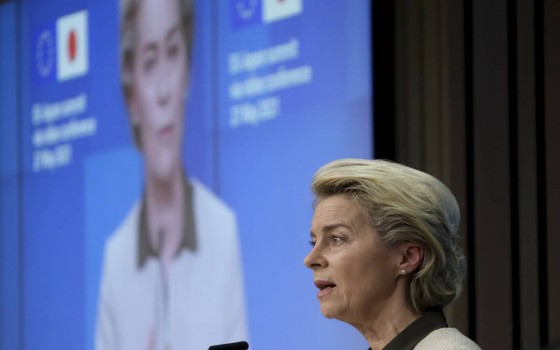
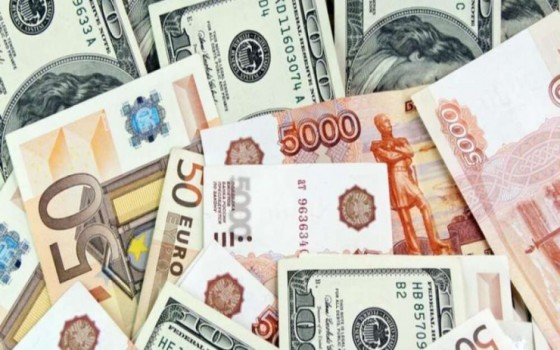
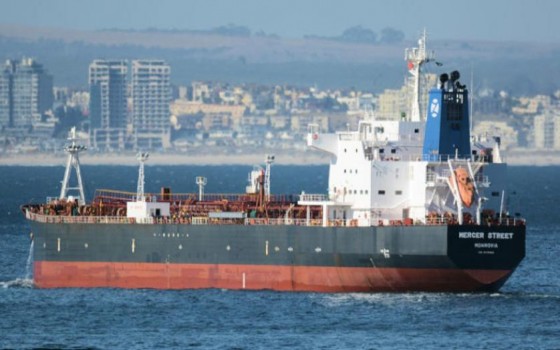
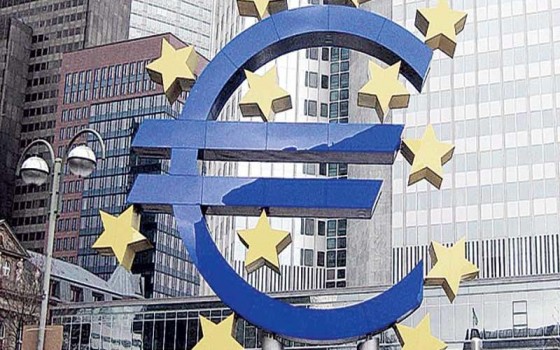

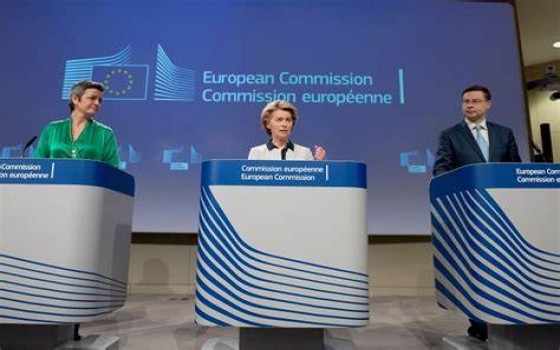

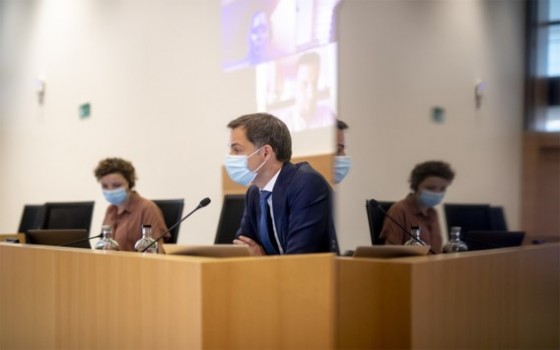
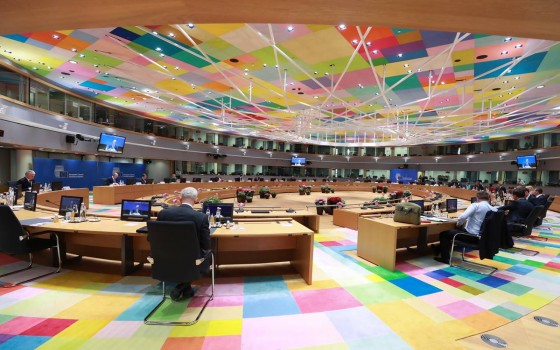

No Comments Found